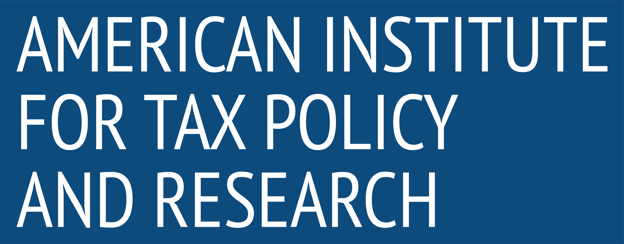Tariff and Trade Tax Analysis: The Impact on Imports and Exports
Tariffs and trade taxes play a crucial role in shaping global commerce, influencing the cost of goods, consumer prices, and economic relationships between countries. This analysis explores the effects of tariffs on imports and exports, the economic consequences for businesses and consumers, and policy considerations for trade tax reforms.
1. Understanding Tariffs and Trade Taxes
1.1 What Are Tariffs?
Tariffs are taxes imposed on imported goods, typically to:
Protect domestic industries from foreign competition.
Generate government revenue.
Encourage or discourage trade with specific countries.
1.2 Types of Tariffs
Ad Valorem Tariffs: Charged as a percentage of the imported good’s value.
Specific Tariffs: A fixed fee per unit of the imported good.
Compound Tariffs: A combination of ad valorem and specific tariffs.
1.3 Trade Taxes Beyond Tariffs
Excise Taxes on Imports: Applied to specific products like alcohol or tobacco.
Border Adjustment Taxes: Taxes that apply differently to imports and exports.
Retaliatory Tariffs: Imposed in response to foreign trade restrictions.
2. Economic Impact of Tariffs on Imports
2.1 Effect on Consumer Prices
Tariffs increase the cost of imported goods, leading to higher prices for consumers.
Certain industries, such as electronics and automobiles, are particularly affected.
Inflationary pressures may rise when import-dependent industries pass costs to consumers.
2.2 Domestic Industry Protection
High tariffs can help domestic manufacturers compete with foreign companies.
Protectionist policies may lead to reduced innovation and inefficiencies in some sectors.
Over-reliance on tariffs may weaken global supply chain resilience.
2.3 Trade Disruptions and Retaliation
Countries affected by tariffs often impose retaliatory taxes, leading to trade wars.
Global supply chains face disruptions, increasing costs for businesses and consumers.
3. Impact of Tariffs on Exports
3.1 Reduced Competitiveness
When foreign nations impose retaliatory tariffs, U.S. exports become more expensive.
Agricultural products, machinery, and manufactured goods are most vulnerable.
3.2 Trade Agreement Negotiations
High tariffs can lead to renegotiations of trade agreements.
Countries may seek alternative trading partners, bypassing high-tariff markets.
3.3 Market Diversification Strategies
Exporting businesses may shift focus to untapped markets.
Government incentives and subsidies can help mitigate the impact of trade restrictions.
4. Case Studies: Tariff Effects in Key Sectors
4.1 Steel and Aluminum Industry
U.S. tariffs on steel and aluminum led to price increases for domestic manufacturers.
Retaliatory tariffs from Canada, China, and the EU reduced U.S. exports.
4.2 Agricultural Sector
Tariffs on U.S. soybeans by China led to reduced farm incomes and surplus stockpiles.
Diversification efforts toward South American and European markets increased.
4.3 Consumer Electronics
Higher import duties on smartphones and computers raised costs for consumers.
Companies shifted production to avoid tariffs, affecting global supply chains.
5. Policy Considerations and Trade Reform
5.1 Tariff Reduction Strategies
Gradual reductions in tariffs to promote open trade.
Bilateral negotiations to prevent trade disputes.
5.2 Strengthening Domestic Industries Without Tariffs
Investing in domestic manufacturing and technology.
Workforce development programs to enhance competitiveness.
5.3 Promoting Fair Trade Practices
Addressing unfair subsidies and intellectual property rights violations through WTO frameworks.
Encouraging transparent trade policies to foster international cooperation.
Conclusion
Tariffs and trade taxes significantly impact both domestic and global economies, influencing pricing, competitiveness, and trade relationships. While tariffs can provide short-term protection for local industries, they often lead to higher costs for consumers and retaliatory measures from trading partners. A balanced approach to trade policy—one that considers economic growth, fair competition, and strategic negotiations—is essential for long-term success.


